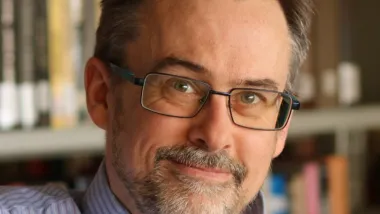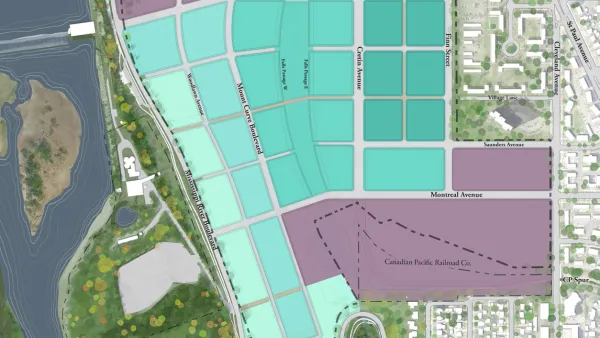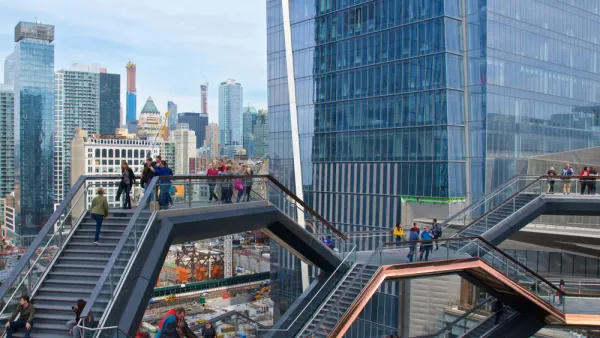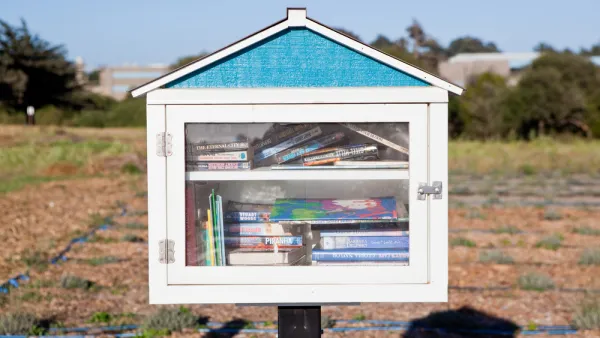In this lavishly produced, beautifully illustrated but somewhat self-edifying book, His Royal Highness the Prince of Wales argues that most of our global crises -- from climate change to poverty to our soulless built environments -- are owed to our disconnection from Nature (which he capitalizes).
In this lavishly produced, beautifully illustrated but somewhat self-edifying book, His Royal Highness the Prince of Wales argues that most of our global crises -- from climate change to poverty to our soulless built environments -- are owed to our disconnection from Nature (which he capitalizes).
According to the prince, our civilization's woes can be traced to the ideological dominance of modernism and scientific rationalism. In promoting a thoroughly mechanistic view of humanity and the world and demystifying nature, these beliefs led us to consider all plants, animals and minerals as mere economic commodities.
To the modernist worldview, writes the prince, the only valid measures are economic ones; happiness, and interpersonal relationships -- to say nothing of our bonds with nature -- count for nothing.
The alternative worldview, he argues, is evident all around us: Artistic traditions, aesthetic geometries, designs in nature and historic architecture all reveal the harmonic balance within nature that has been almost completely forgotten in the West (aboriginal cultures aside).
Despite its subtitle, Harmony actually sets out a very old way of looking at the world, one in which we are physically and spiritually seen as a part of the natural world.
To demonstrate such harmony in action, Prince Charles and his co-authors describe how people everywhere are working at the margins to restore this lost balance. Through a return to traditional agricultural practices, dramatic reductions in consumption, technological innovations, a resurgent civil society and holistic economic approaches, individuals and organizations are showing how ecological harmony can promote a high quality of life.
Not incidentally, many of these innovations are those undertaken by the prince himself. Between his Foundation for the Built Environment, the Foundation for Integrated Health, the Accounting for Sustainability project, the School of Traditional Arts, various sustainable agriculture efforts and his Start campaign to promote more sustainable consumer choices, Prince Charles has achieved results few elected officials can match.
However, this involvement has not been without controversy. The prince has routinely come under fire in the British media for using his extraordinary position in this way, potentially undermining the monarchy's constitutionally neutral role.
These attacks likely go a long way towards explaining the somewhat defensive tone found throughout the book, as well as the author's insistence on unnecessarily prefacing his (far from original) eco-sophic musings with variations on "It is my belief that ..." as if he alone were the only one arguing for a return to ecological balance.
Indeed, the main problem with Harmony is that, while the prince isn't immodest about his contributions, he can't resist inserting himself at every opportunity. Not only are there enough pictures of the prince for Harmony to serve as a royal photo album (did he really need to be on the cover? Or posing with a squirrel?), he also gives almost no due to the writings of other notable contemporary ecologists such as Joanna Macy, David Orr, Bill McKibben or Vandana Shiva, to name but a few.
Despite his valuable message and inspiring examples, perhaps Prince Charles should have taken a cue from McKibben, who noted in his 1993 book The Age of Missing Information, that a genuine contemplation of nature reveals the profound extent to which the world "isn't about you."
Harmony: A New Way of Looking at Our World
By the Prince of Wales, with Tony Juniper and Ian Kelly
HarperCollins, 330 pages, $33

Analysis: Cybertruck Fatality Rate Far Exceeds That of Ford Pinto
The Tesla Cybertruck was recalled seven times last year.

National Parks Layoffs Will Cause Communities to Lose Billions
Thousands of essential park workers were laid off this week, just before the busy spring break season.

Retro-silient?: America’s First “Eco-burb,” The Woodlands Turns 50
A master-planned community north of Houston offers lessons on green infrastructure and resilient design, but falls short of its founder’s lofty affordability and walkability goals.

Test News Post 1
This is a summary

Analysis: Cybertruck Fatality Rate Far Exceeds That of Ford Pinto
The Tesla Cybertruck was recalled seven times last year.

Test News Headline 46
Test for the image on the front page.
Urban Design for Planners 1: Software Tools
This six-course series explores essential urban design concepts using open source software and equips planners with the tools they need to participate fully in the urban design process.
Planning for Universal Design
Learn the tools for implementing Universal Design in planning regulations.
EMC Planning Group, Inc.
Planetizen
Planetizen
Mpact (formerly Rail~Volution)
Great Falls Development Authority, Inc.
HUDs Office of Policy Development and Research
NYU Wagner Graduate School of Public Service





























